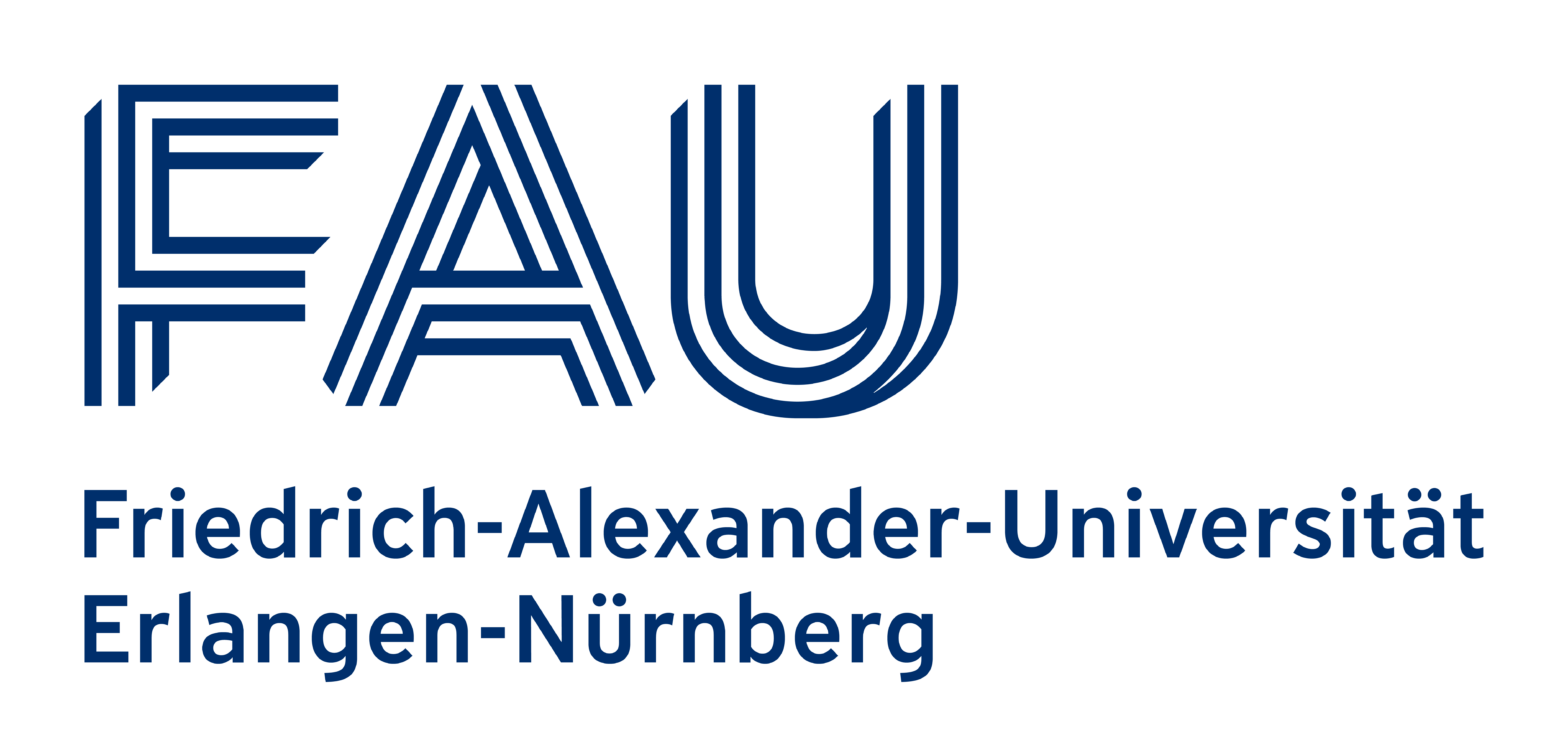Frontiers in Time Series Modelling 15.1 – MLTS Invited Talk: Large-Area Touch Sensing and Artificial Intelligence for Bionics and Collaborative Robotics. By Prof. Calogero Maria Oddo
The recorded guest lecture is part of the course Machine Learning for Time Series at FAU and discusses selected case studies of technologies developed at the Neuro-Robotic Touch Laboratory, The BioRobotics Institute of Sant'Anna School of Advanced Studies in Pisa-Italy, for endowing robots with artificial tactile sensors that are distributed over large areas.
In the presented scientific approach, robotic systems are developed by capitalizing on a fertile interaction between robotics and neuroscience, so that the advancements of neuroscientific research can lead to the development of more effective technologies, which in turn contribute to the fundamental understanding of physiological processes.
A first case study proposed is with piezoresistive MEMS sensors, applied to bionic hand prostheses to restore rich tactile skills, such as texture discrimination, in upper limb amputees. The developed biorobotic technologies and artificial intelligence methods, based on information encoding with neuromorphic spikes emulating physiological tactile representation, can be applied to a variety of scenarios. Additional technologies were explored in order to cover large areas of robot bodies, including sensors based on cultured biological cells such as MDCK, piezoelectric ZnO nanowires grown with seedless hydrothermal method, and Fiber Bragg Grating (FBG) sensors.
Selected achievements are shown in the talk, discussing the application of tactile sensing technologies in a gripper able to manipulate fragile and deformable objects, or for covering the full area of an anthropomorphic robotic arm. Particularly, covering a robotic arm with a large sensorized skin allows the implementation of smart collaborative policies, such as safe interaction and programming by demonstration, that can be deployed in the factories of the future.
Participation requirements
Password for recordings on request. Please contact activity oranizer.




